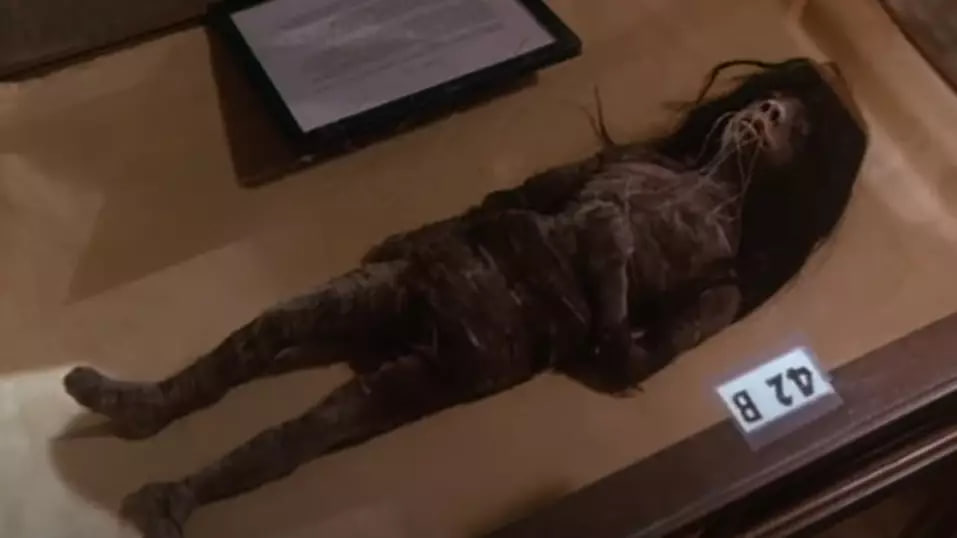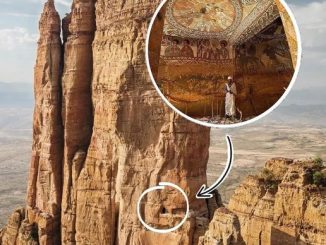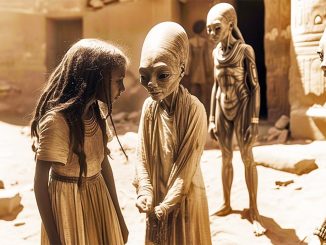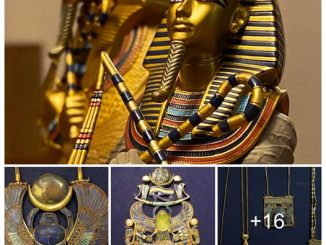The creepy shrunken head used as a prop in 1979 film Wise Blood has been confirmed as a real artefact, with experts revealing it was a ceremonial item ‘of human origin’.
According to researchers, the item – known as a tsantsa – was originally obtained in 1942 by Mercer University in Georgia, after a former faculty member acquired it when serving in the US military in Ecuador.
It was then loaned out to the production of John Huston’s black comedy Wise Blood in the 1970s, where it was attached to a fake body and used to portray the tiny corpse of a shrunken South American indigenous person – with a character in the movie saying the figure ‘was one as tall as you and me’.
Since then, however, experts at Mercer University in Georgia have been carrying out tests on the strange artefact.
Now scientists Craig D. Byron and Adam M. Kiefer have concluded in their research paper that it is ‘presumed to be an authentic tsantsa composed of human tissue’.
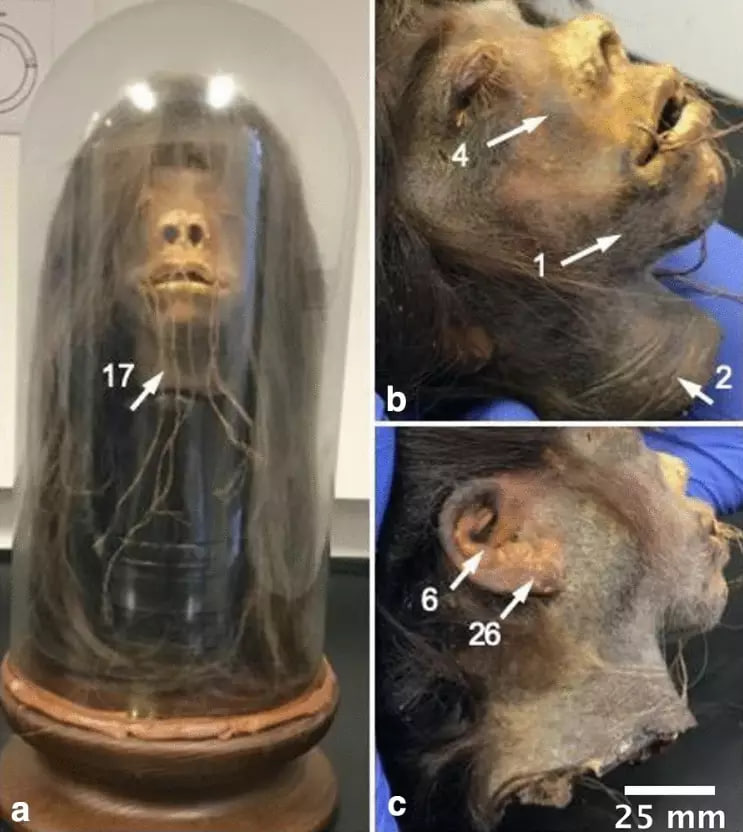
Mercer University
In the study, which was published on the Heritage Science website, the team revealed that the tsantsa used in Wise Blood holds 30 of the 33 indicators needed to affirm its authenticity.
“Most checklist indicators of authenticity (30/33) affirm that the Mercer tsantsa is ceremonial,” the paper said.
It continued: “Based upon hair analysis and the presence of nits, it is concluded that the Mercer tsantsa is of human origin.”
According to the paper, tsantas are ‘rare cultural artifacts that were made from human remains by certain indigenous culture groups of Ecuador and Peru’.
The introduction explains: “Typically, male members of the Amazonian Shuar, Achuar, Awajún/Aguaruna, Wampís/Huambisa, and Candoshi-Shampra (collectively referred to as the SAAWC culture groups) manufactured tsantsas from the cranial integument (i.e. skin) of enemies slain during combat.
“It was believed that tsantsas contained the spirit of the victim and all their technical knowledge and thus were considered to possess supernatural qualities and represent a source of personal power for the owner.
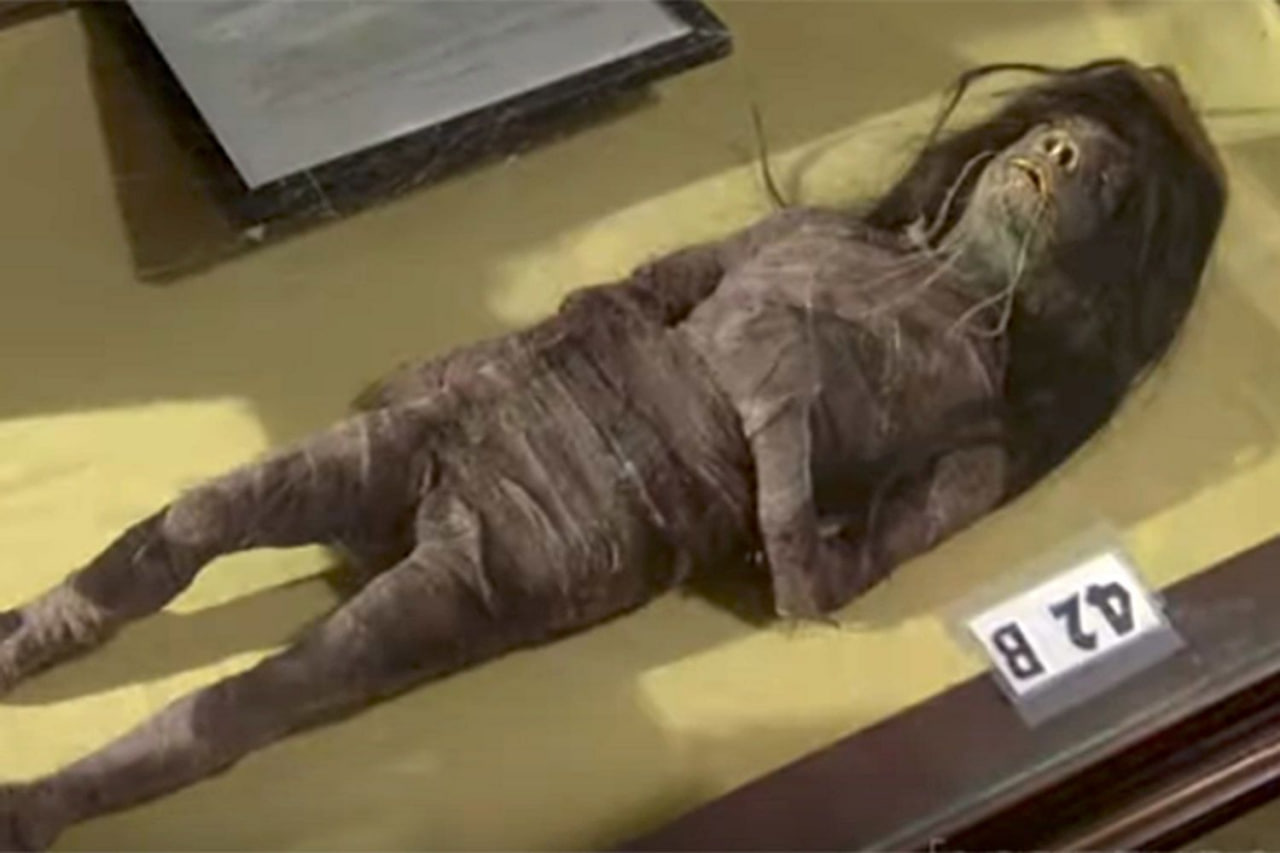
New Line Cinema
“This power could be transferred to a host’s household during ceremonies that involved a feast with many dozens of attendees.”
The team performed various tests over a number of years to authenticate the item, before it could be returned to Ecuador’s government.
Speaking to The Art Newspaper, Byron said: “It’s a relief to have the specimen out of our possession.
“It had ‘underground’ value; it was illegal to trade or sell; it was the skin from a person’s head.
“We had no business holding on to this item. It was a rewarding conclusion to a project hanging around since 2015.”
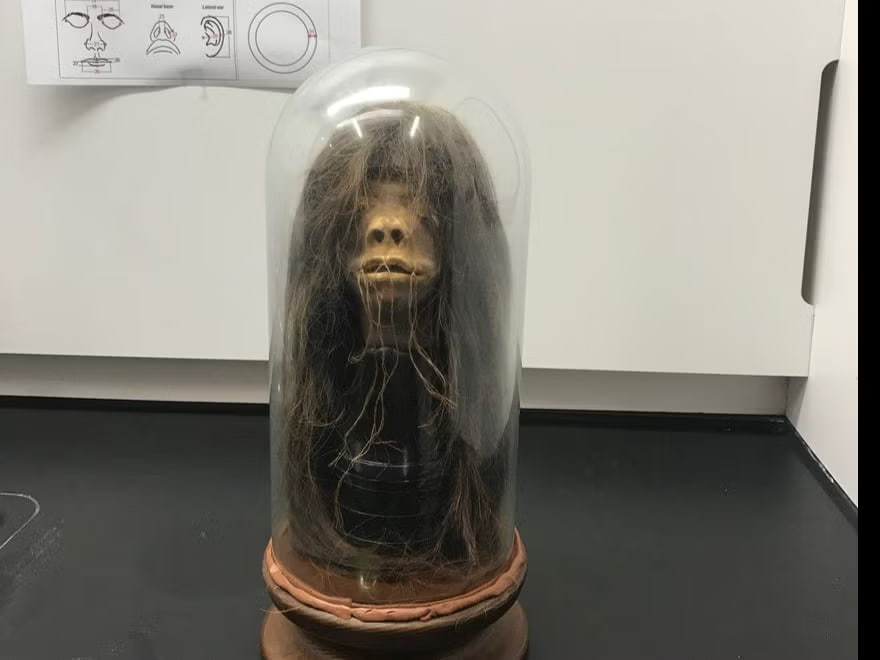
The researchers also explained that its use as a prop on Wise Blood had led to some damage.
They wrote: “It is also important to note that the analysis of the neck was complicated by the improper mounting of the Mercer tsantsa and its potential rough handling during the production of Wise Blood.”
Featured Image Credit: New Line Cinema
